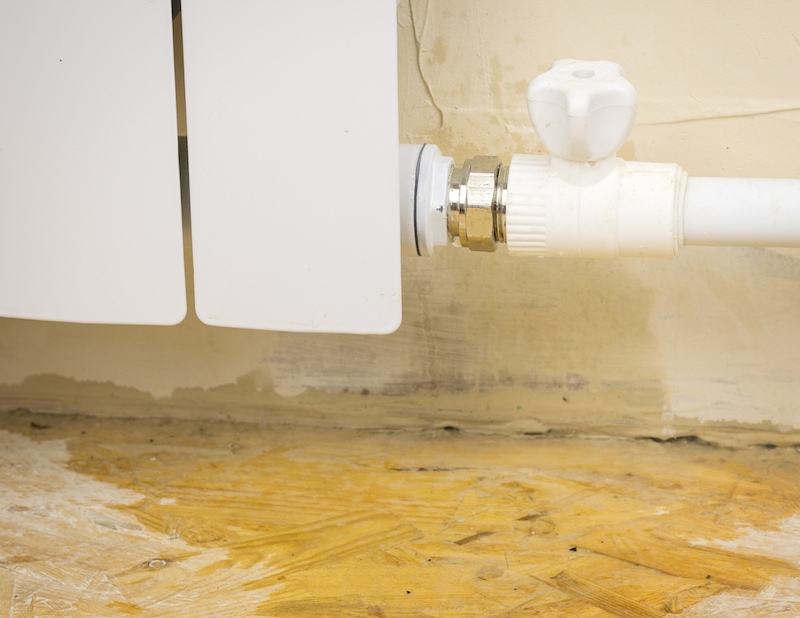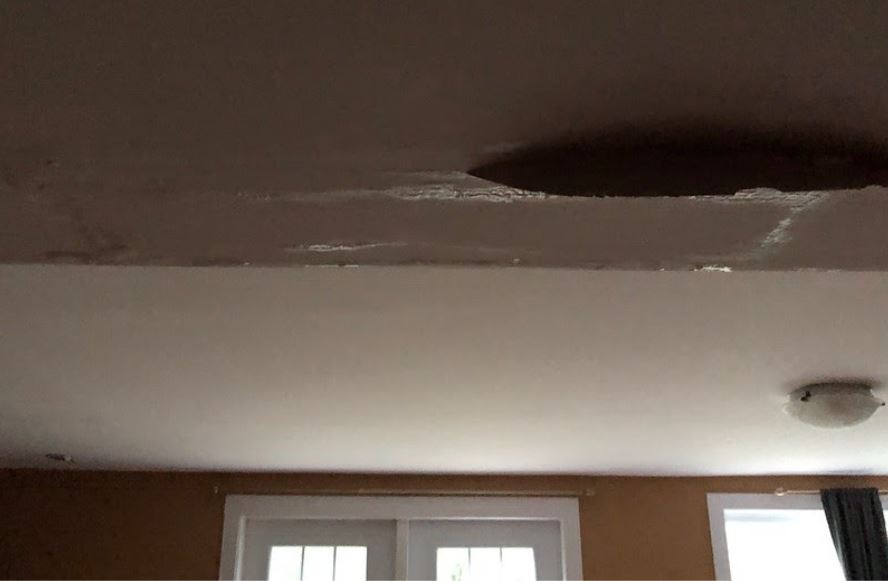Pinpoint Major Factors for Leak Issues Inside Your Residence
Pinpoint Major Factors for Leak Issues Inside Your Residence
Blog Article
Do you find yourself in search of facts and techniques around How to detect water leaks in your home?

Leakages not only trigger waste of water yet can additionally cause unnecessary damages to your house and also promote undesirable organic growth. Unfortunately, water leaks could go undetected given that most of the pipework in our home is concealed. By recognizing as well as looking for daily situations that create leaks, you can secure your residence from future leaks as well as unnecessary damage. Today, we will certainly take a look at six leakage triggers that might be creating your pipelines to drip.
Encroaching origins
Many water leakages begin outside the home instead than inside it. You may notice damp patches or sinkholes in your yard, and also that could indicate that tree roots are attacking water lines causing water to permeate out.
Rusty water supply
As time passes by, your plumbing system ages as well as rust such as corrosion might begin gnawing the pipelines. This could be the cause of discoloration or warping on your water pipes. This calls for an assessment with your plumber immediately. Think about replacing the pipelines since they are at a greater danger of corrosion than the more recent models if our plumbing system is old.
Faulty Pipeline Joints
The factor at which your pipes attach is regularly the weakest link in the waterline. Pipeline joints can degrade over time, resulting in water leakages. Regrettably, most of pipeline joints are not easily visible. If you have loud pipelines that make ticking or banging sounds, especially when the warm water is activated, your pipeline joints are most likely under a lot of stress. It is a good idea to have your plumber examine your system annually.
Instantaneous temperature modifications.
Extreme temperature level changes in our pipes can trigger them to increase and contract suddenly. This expansion as well as tightening might create cracks in the pipes, especially if the temperature are below freezing.
Poor Water Connectors
At times, a leak can be triggered by loose hose pipes and pipes that provide your devices. Most of the time, shifting is what causes the loose water Links. You may discover in the case of a cleaning maker, a pipe may spring a leakage because of shaking during the spin cycle. In case of a water links leakage, you may observe water running directly from the supply line or puddles around your appliances.
Blocked Drains
Obstructed drains pipes may be frustrating and inconveniencing, but they can sometimes end up creating an overflow leading to burst pipes. Maintain getting rid of any kind of materials that may go down your drains pipes that could clog them to avoid such hassles.
All the above are sources of leaks yet not all water leakages arise from plumbing leaks; some leaks might come from roof leaks. All leaks should be fixed quickly to stay clear of water damages.
Leaks not just create waste of water yet can likewise cause unneeded damages to your home and also advertise unwanted natural growth. By looking and also recognizing for everyday circumstances that cause leakages, you can protect your residence from future leaks and unnecessary damage. Today, we will look at six leak causes that may be creating your pipes to trickle.
At times, a leakage can be triggered by loosened tubes and pipelines that supply your devices. In situation of a water links leakage, you might see water running directly from the supply line or pools around your appliances.
How To Check For Water Leak In Your Home
How To Check for Leaks
The average household's leaks can account for nearly 10,000 gallons of water wasted every year and ten percent of homes have leaks that waste 90 gallons or more per day. Common types of leaks found in the home are worn toilet flappers, dripping faucets, and other leaking valves. These types of leaks are often easy to fix, requiring only a few tools and hardware that can pay for themselves in water savings. Fixing easily corrected household water leaks can save homeowners about 10 percent on their water bills.
To check for leaks in your home, you first need to determine whether you're wasting water and then identify the source of the leak. Here are some tips for finding leaks:
Take a look at your water usage during a colder month, such as January or February. If a family of four exceeds 12,000 gallons per month, there are serious leaks.
Check your water meter before and after a two-hour period when no water is being used. If the meter changes at all, you probably have a leak.
Identify toilet leaks by placing a drop of food coloring in the toilet tank. If any color shows up in the bowl after 10 minutes, you have a leak. (Be sure to flush immediately after the experiment to avoid staining the tank.)
Examine faucet gaskets and pipe fittings for any water on the outside of the pipe to check for surface leaks.
Undetected water leaks can happen without the home or business owner even realizing. If you suspect a water leak, but not able to find the source. It is time to contact a professional water leak detection service, The Leak Doctor.
How To Find a Water Leak In Your Home
https://www.leakdoctor.com/blog/How-To-Check-For-Water-Leak-In-Your-Home_AE197.html

I have been very curious about Most Common Causes of Leaky Pipes and I'm hoping you enjoyed the entry. Those who enjoyed reading our article please be sure to pass it around. We appreciate reading our article about Common Water Leaks In House.
Immediate help? Ring! Report this page